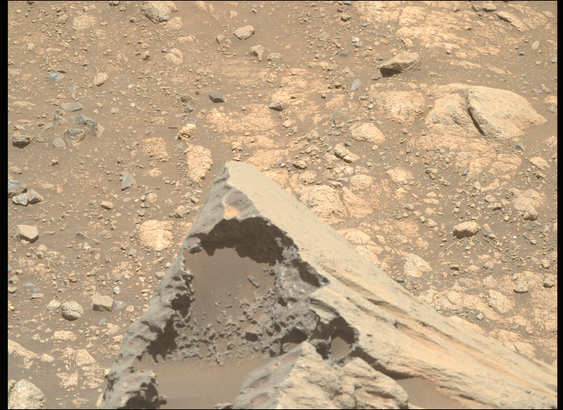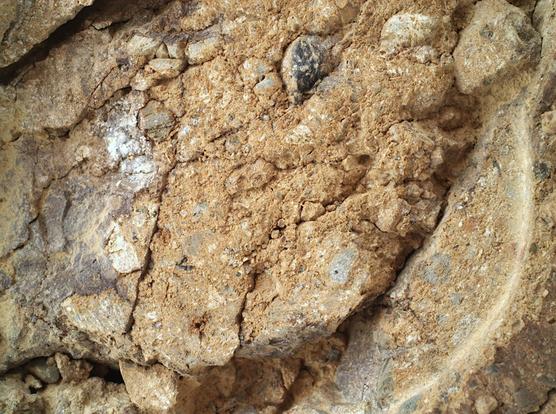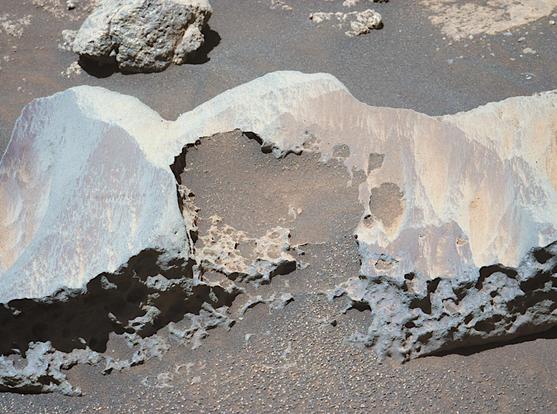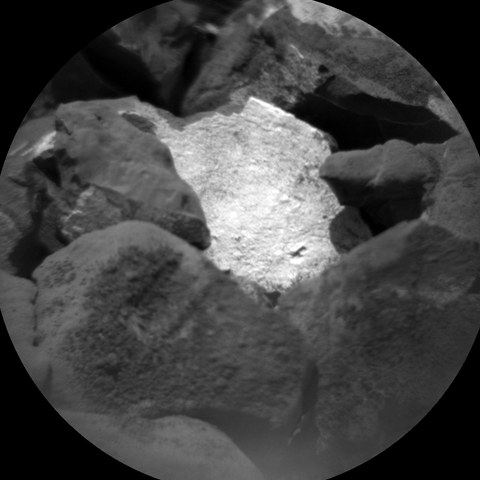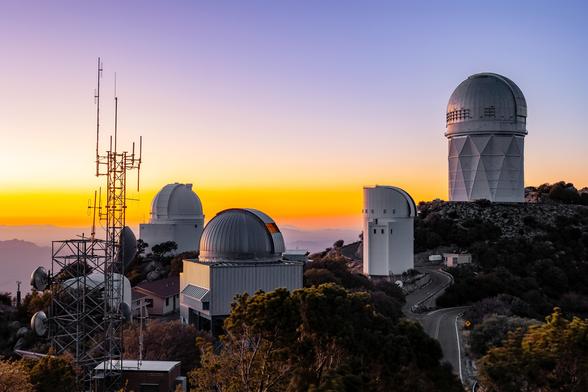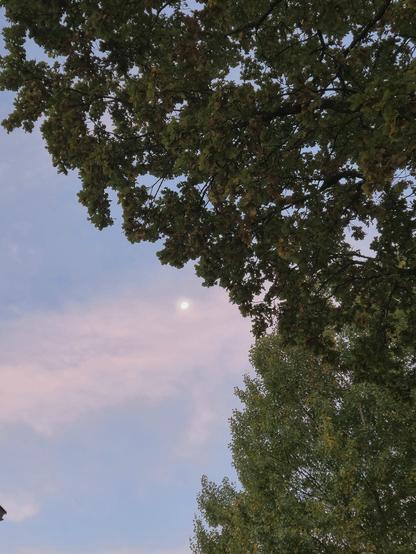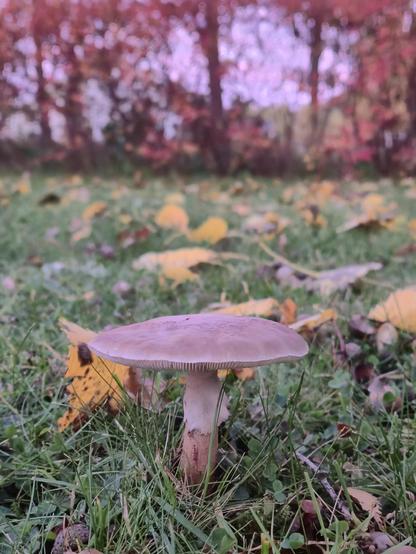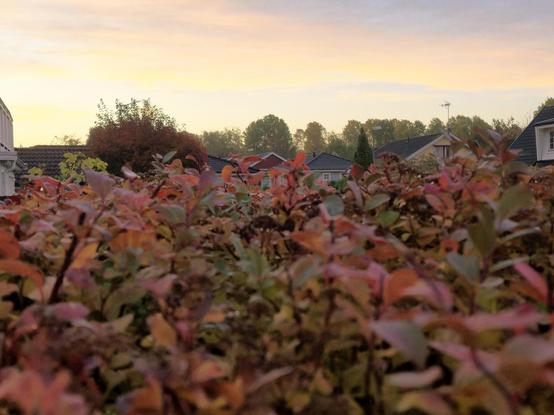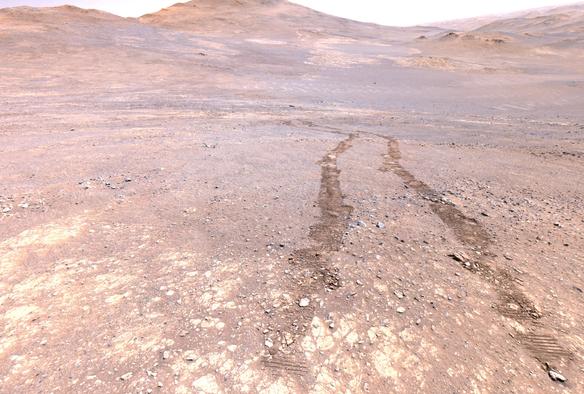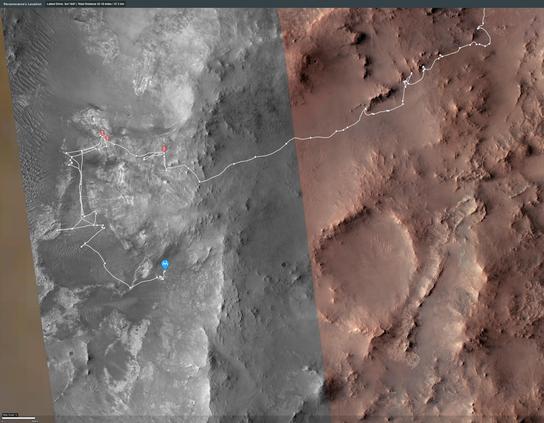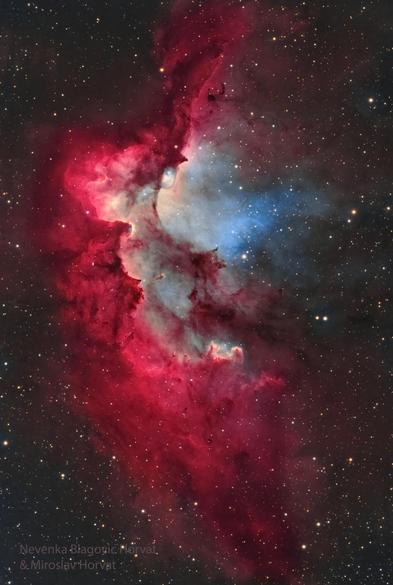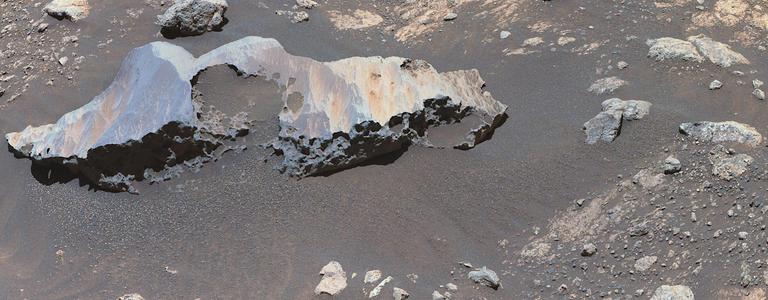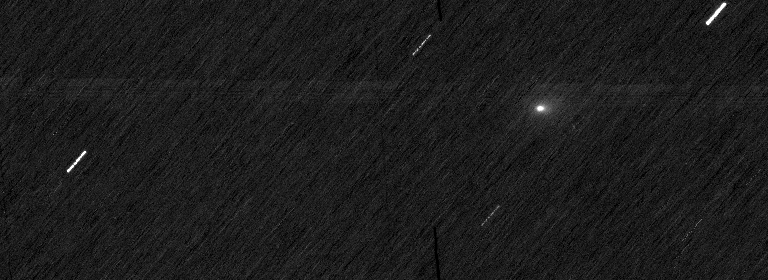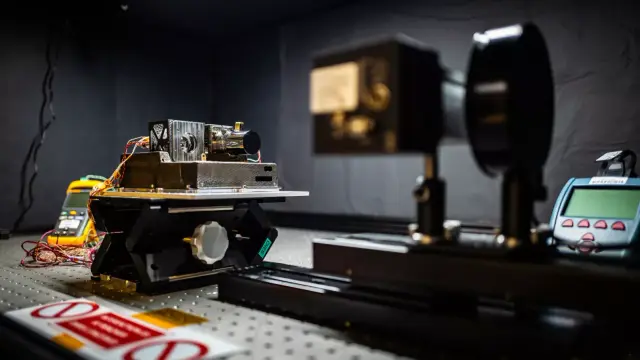@pomarede
With a few more added images (total 32)
cosmographer at university paris-saclay | mapping the universe | co-discoverer of
#laniakea our home supercluster of galaxies | #dipolerepeller a void contributing to the motion of our galaxy | #coldspotrepeller a void associated to the coldest point of the big bang fossil radiation | #southpolewall a giant galactic filament of the cosmic web | #hooleilana the relic of a baryon acoustic oscillation
https://vimeo.com/pomarede | https://sketchfab.com/pomarede | https://youtube.com/@pomarede
360° panorama captured just 12 hours ago by Curiosity, from within a trough of the boxwork structure
▶️ https://zoomhub.net/w2kgN
▶️ https://www.360cities.net/image/curiosity-sol-4687-nrb/vr
#Mars Oct. 12, 2025 - Sol 4687
Credit images: NASA/JPL-Caltech
#Curiosity #Boxwork #rover #Sol4687 #BoxworkStructure #BoxworkStructures #CuriosityRover #GaleCrater #AeolisMons #space #science #STEM #geology #photography #Astrodon
Weekend read: Métal Hurlant n°2
April 1975. Cover Art by Philippe Druillet. Includes: Harzak by Mœbius, Gail and AAARRRZZZ by Ph. Druillet, Going Home by Richard Corben, Les armées du conquérant by Jean-Pierre Dionnet and Jean-Claude Gal. Absolute legends!
#MétalHurlant #PhilippeDruillet #Moebius #Mœbius #RichardCorben #JeanPierreDionnet #JeanClaudeGal #fantasy #scifi #RichardCorben #art #MetalHurlant #Gail #AAARRRZZZ #Humanos #HumanoïdesAssociés #WeekendRead #read #reader #reading #comics
Mars Perseverance Raw Image of the Week
This photo was selected by public vote and featured as "Image of the Week" for Week 243 (Oct. 5 - 11, 2025) of the Perseverance rover mission on Mars.
Image Credit: NASA/JPL-Caltech/ASU
https://mars.nasa.gov/mars2020/multimedia/raw-images/ZR0_1645_0812973946_659EBY_N0790870ZCAM09729_0630LMJ
#Mars #Perseverance #Sol1645 #rover #PerseveranceRover #astrodon #space #science #news #geologu #NorthernRimCampaign #Mastcam #photography
🔴 #Mars #Perseverance Sol 1649: #WATSON_Camera / enhanced
Oct. 10, 2025 (Sol 1649), 13:13:19
source image: https://mars.nasa.gov/mars2020/multimedia/raw-images/SIF_1649_0813332285_910EBY_N0791382SRLC08049_0000LMJ
🔴 #Mars #Perseverance Sol 1646: Left #Mastcam-Z Camera / enhanced
Oct. 6, 2025 (Sol 1646), 11:22:51
source image: https://mars.nasa.gov/mars2020/multimedia/raw-images/ZL0_1646_0813059136_864EBY_N0790870ZCAM04250_1100LMJ
One Planet, Two Rovers
1. Perseverance Supercam RMI - Sol 1650
2. Curiosity Chemcam RMI - Sol 4683
Credits: NASA/JPL-Caltech/LANL/CNES/IRAP; NASA/JPL-Caltech/LANL
Dreamy Sunset at KPNO
Credit: KPNO/NOIRLab/AURA/NSF/P. Marenfeld
#APOD Astronomy Picture of the Day
The Jenga Moon
Credit: Mike Carroll
http://www.star.ucl.ac.uk/~apod/apod/ap251009.html
#Moon #Jenga #NewYork #photography #moonphotography #architecture
Perseverance Sol 1647, going uphill on the slopes of the rim of Jezero Crater
📷 https://areo.info/mars20/ecams/1647/ @areoinfo.bsky.social
🗺️ https://science.nasa.gov/mission/mars-2020-perseverance/location-map/
#Mars #Perseverance #rover #Sol1647 #geology #astrodon #space #NorthernRimCampaign #photography #map #PerseveranceRover #JezeroCrater
#APOD Astronomy Picture of the Day
NGC 7380: The Wizard Nebula
Credit: Nevenka Blagovic Horvat & Miroslav Horvat
Wow a 207-pages, 625-references Physics Report on bulk flows is brewing: https://arxiv.org/abs/2510.05340
ExoMars Trace Gas Orbiter observes comet 3I/ATLAS
Credit: ESA/TGO/CaSSIS
#APOD Astronomy Picture of the Day
SN Encore: A Second Supernova Seen Several Times
Credits: NASA, ESA, CSA, STScI, J. Pierel (STScI) & A. Newman (Carnegie Inst. for Science)
Impressive view of the boxwork terrain captured two days ago by Curiosity
#Mars Oct. 5, 2025 - Sol 4680
Credits images: NASA/JPL-Caltech
#Curiosity #Boxwork #rover #Sol4680 #BoxworkStructure #BoxworkStructures #CuriosityRover #GaleCrater #AeolisMons #space #science #STEM #geology #photography #Astrodon
[#MicroLIBS, successor to #ChemCam and #SuperCAM] Based on LIBS (Laser Induced Breakdown Spectroscopy) technology, this new instrument, designed to be carried on board a #drone, will enable the components of the Martian surface to be precisely characterized, thereby acquiring data that is essential for understanding the origin and evolution of many rocks, whether igneous or sedimentary.
Collab. : @cnes , irap, los alamos national laboratory
Comet 3I/ATLAS – frequently asked questions
https://www.esa.int/Science_Exploration/Space_Science/Comet_3I_ATLAS_frequently_asked_questions



